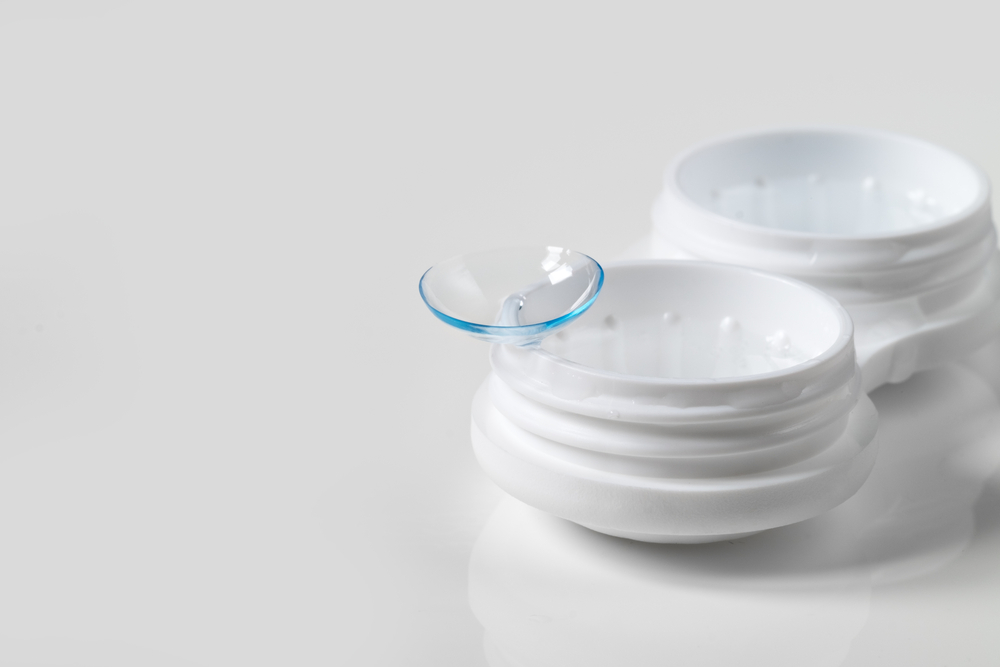Optometrist Sydney CBD: The Crucial Role of Paediatric Eye Exams
In the early years of a child’s life, vision plays a fundamental role in their overall development. Poor, uncorrected eyesight will badly compromise education and physical hand-eye coordination. This becomes difficult to correct as the individual grows older. Ensuring the health of their eyes is paramount, and this begins with regular paediatric eye exams.
The Importance of Paediatric Eye Exams:
Early Detection of Issues:
Paediatric eye exams are not just about checking visual acuity; they are comprehensive assessments that can detect potential issues early on. Many vision problems can be corrected or managed more effectively when identified in the developmental stages.
Developmental Milestones:
Vision is closely linked to a child’s cognitive and motor development. Paediatric eye exams ensure that children can see clearly and comfortably, allowing them to engage fully in activities crucial for their growth, such as reading, writing, and playing.
Impact on Learning:
Undetected vision problems can significantly hinder a child’s ability to learn. Regular eye exams help catch issues like near-sightedness or astigmatism, which, if unaddressed, can lead to difficulties in school and academic performance.
Preventing Amblyopia (Lazy Eye):
Amblyopia is a condition where one eye doesn’t develop as well as the other, leading to reduced vision. Paediatric eye exams can detect this condition early, allowing for effective interventions like patching or corrective lenses.
Signs of Vision Problems in Children:
Squinting or Closing One Eye:
Children may squint or close one eye to compensate for vision problems. This can be an indication of refractive errors like near-sightedness or farsightedness.
Frequent Eye Rubbing:
Persistent eye rubbing can be a sign of eye strain, allergies, or discomfort. It may also indicate the presence of a vision problem that needs attention.
Holding Objects Close:
If a child consistently holds books, toys, or electronic devices too close to their face, it could be a sign of near-sightedness.
Frequent Headaches or Eye Fatigue:
Complaints of headaches or eye fatigue, especially after activities like reading or screen time, may indicate the need for a vision check.
Poor Hand-Eye Coordination:
Difficulties with activities that require hand-eye coordination, such as catching a ball or connecting puzzle pieces, might be linked to visual challenges.
Avoidance of Reading or Screen Time:
If a child consistently avoids activities that require focused vision, it could be a sign of discomfort or difficulty in seeing clearly.
Prioritizing your child’s eye health is a crucial aspect of parenting. By paying attention to subtle signs and addressing potential issues early, you can support your child’s visual development and help them navigate the world with clarity and confidence. Regular paediatric eye exams are essential. Schedule that first eye exam and embark on a journey towards nurturing your child’s precious eyesight.









